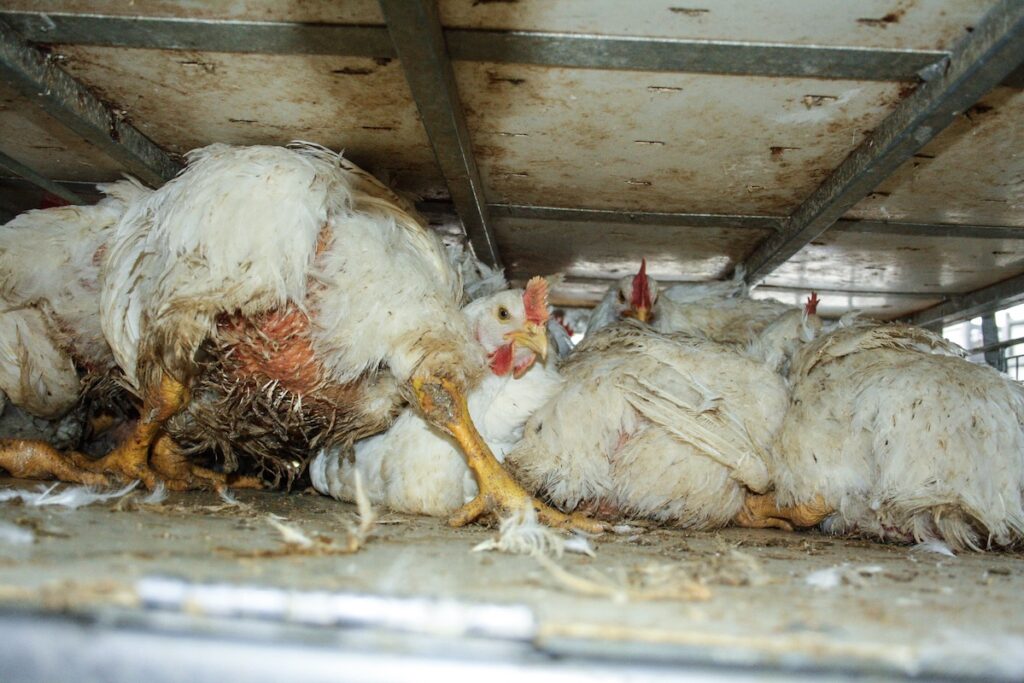The question of whether chickens, goats, and fish are protected by animal cruelty laws has become increasingly pertinent in discussions surrounding animal rights. As society evolves, so too does our understanding of animals and their welfare. This examination delves into the legal frameworks that govern the treatment of these animals, revealing not only the protections they may or may not receive but also the underlying societal values that inform these laws.
To begin with, it is essential to understand the landscape of animal rights legislation in the United States. Animal cruelty laws vary significantly from state to state, creating a patchwork of protections that can leave certain species vulnerable. Most states have enacted laws aimed at preventing neglect, abuse, and cruelty towards pets and domesticated animals. However, the protection afforded to farm animals, including chickens and goats, is markedly less stringent. Fish, often considered a less conventional companion or livestock animal, fall into an even murkier legal territory.
Chickens, which lay millions of eggs annually for the commercial food industry, are frequently perceived as success stories of agricultural efficiency. Yet behind the scenes lies a disquieting reality. These birds are often confined in overcrowded environments, subjected to inhumane conditions that can lead to severe suffering. Despite their considerable numbers and pivotal role in food production, chickens are not recognized as “pets” under most animal welfare laws. This classification results in fewer protections against cruel practices.
Animal cruelty statutes generally emphasize the relationship between humans and animals, recognizing a hierarchy of sorts that tends to favor specific species. Dogs and cats, for instance, enjoy broad legal protections, but chickens and other livestock are often excluded from this compassionate consideration. The rationale is rooted in societal norms; domesticated pets are perceived as companions, while farm animals are viewed primarily as commodities. This commodification raises ethical questions about our societal priorities.
Goats, another important livestock species, experience a similar legal disposition. While they may be highly intelligent, social creatures, the laws governing their welfare remain inconsistent and often reliant on the practices of their caretakers. Some states have robust protections for goats, especially in the context of agricultural fairs and exhibitions, but these safeguards may not extend to their overall living conditions. Consequently, the potential for cruelty exists where regulations are either outdated or inadequately enforced.
With regard to fish, the situation becomes even more convoluted. Fish, though living beings deserving of consideration, are frequently overlooked in the realm of animal welfare laws. Many states exempt fish from basic cruelty laws, perceiving them as less sentient and thus not in need of protection from harm. This perspective not only discounts the awareness and ability of fish to experience stress and pain but also perpetuates the notion of “acceptable” cruelty based on species bias.
A common observation arises: why do certain animals elicit profound empathy, while others are left to suffer in silence? This phenomenon hints at deeper societal inclinations that dictate our moral compass. The distinction between pets and livestock often hinges on historical, cultural, and economic factors rather than inherent qualities of the animals themselves. As increasing numbers of individuals advocate for animal welfare, a shift may be occurring regarding our perceptions of which animals deserve protection.
Moreover, the rise of animal advocacy organizations highlights the growing awareness of the injustices faced by farm animals. NGOs and activists are dedicating efforts to reform outdated agricultural practices and ensure humane treatment across the board. Citizens are beginning to demand accountability and transparency from the farming industry. The push for initiatives such as humane certification labels reflects a burgeoning desire for ethical consumption and a more conscientious approach to animal welfare.
The relationship between humans and animals is complex and evolving. As we become more attuned to issues such as factory farming, corporate farming practices, and the dietary choices we make, a broader conversation emerges regarding the moral imperatives we hold. Advocating for chickens, goats, and fish often means confronting uncomfortable truths about our food systems and the costs associated with them. This confrontation invites us to rethink the values that underpin our interactions with animals.
In conclusion, the inquiry into whether chickens, goats, and fish are afforded protection under animal cruelty laws illustrates not only the discrepancies in legal frameworks but also the broader cultural attitudes towards these creatures. While advocacy for improved welfare protections for these animals is gaining traction, significant work remains. As society continues to evolve, this may lead not only to enhanced protections but to a more compassionate understanding of animals as sentient beings, regardless of their classification as pets or livestock.
Ultimately, addressing the inequities experienced by these animals necessitates widespread awareness and concerted efforts from individuals, communities, and organizations alike. It is a call to action that inspires a reevaluation of our ethical responsibilities toward all sentient beings, transcending species, and fostering a more equitable existence.








